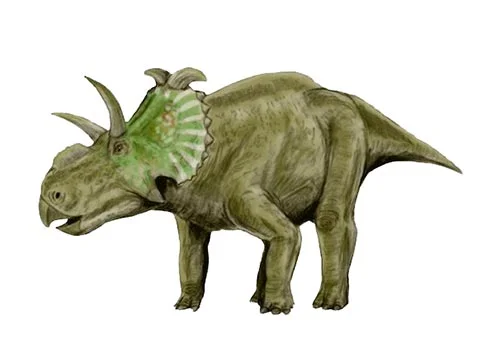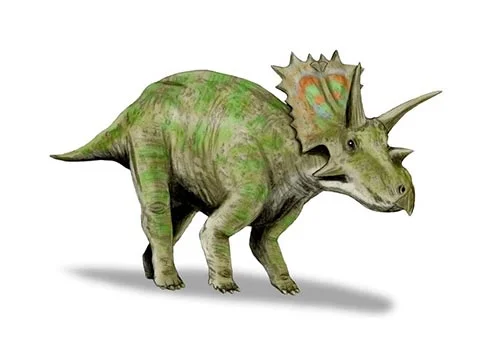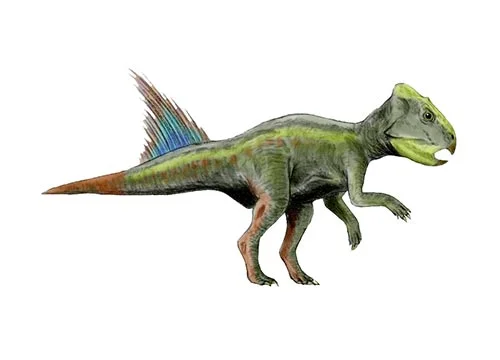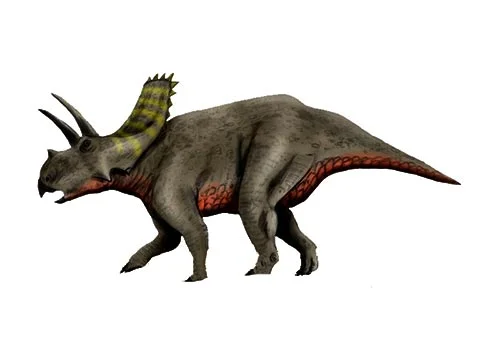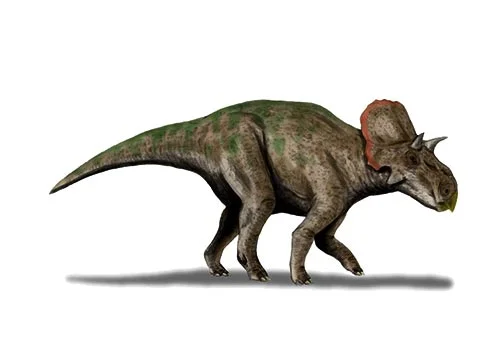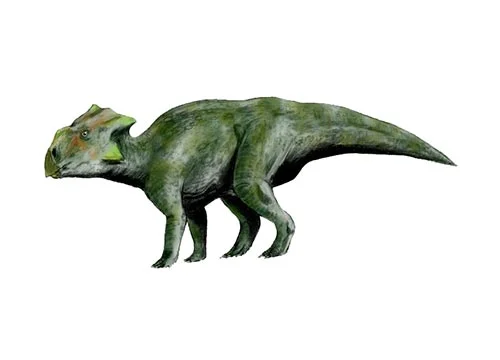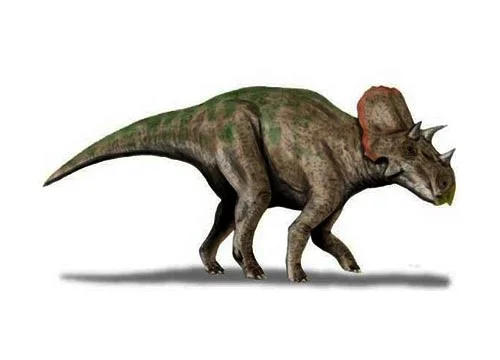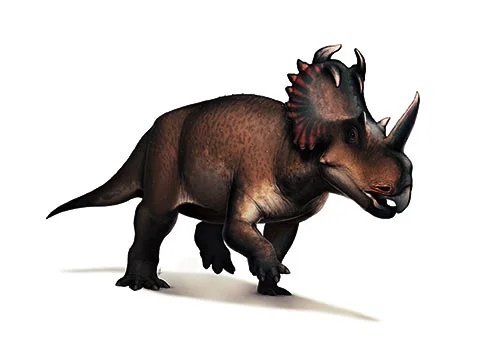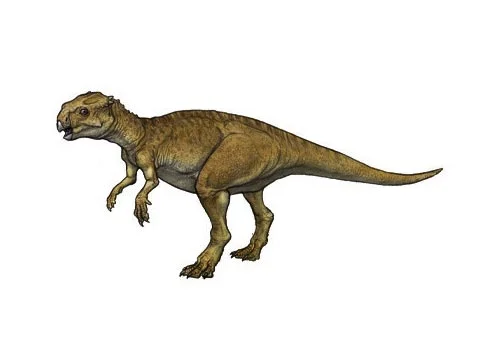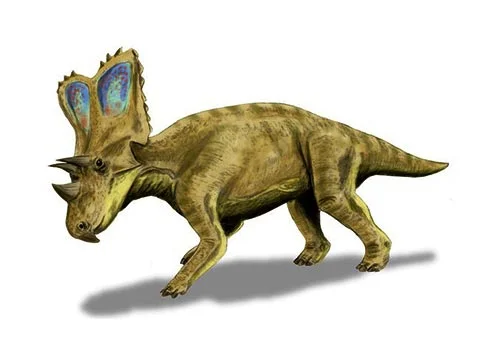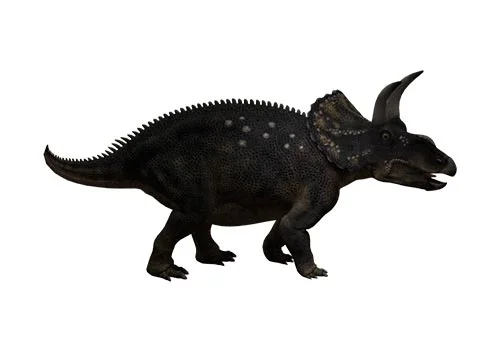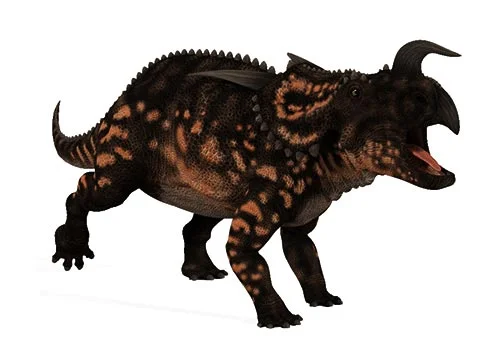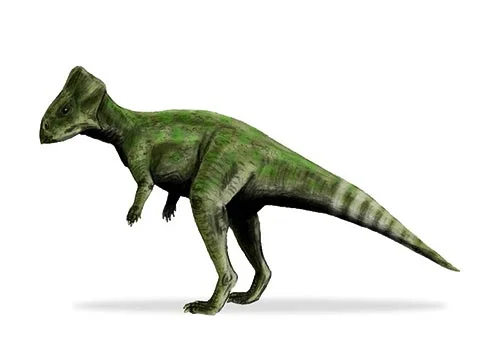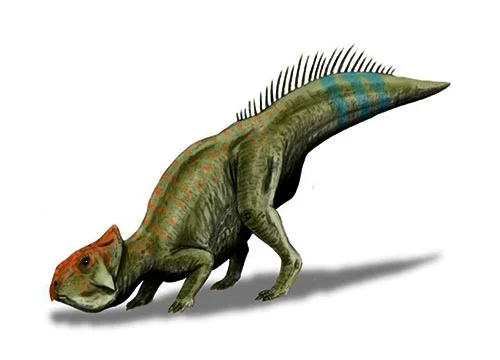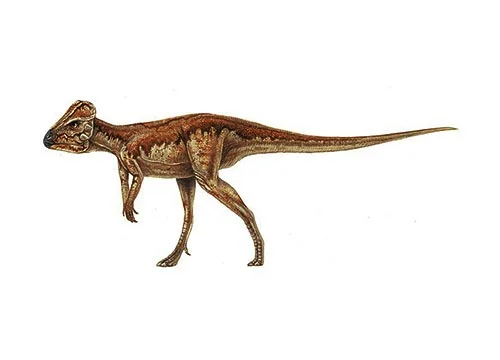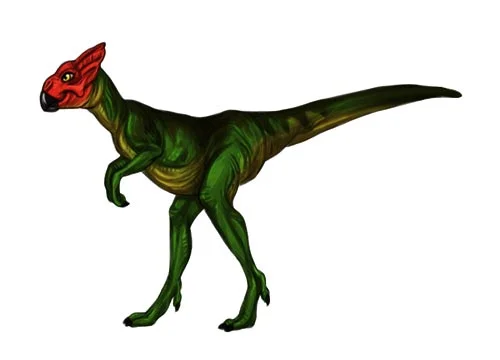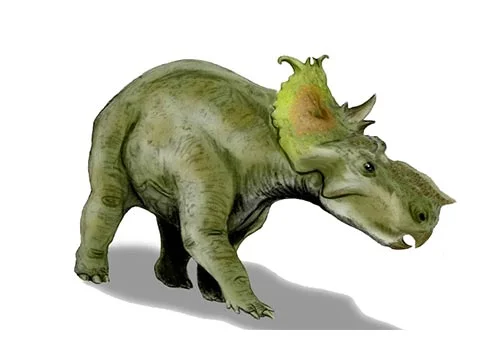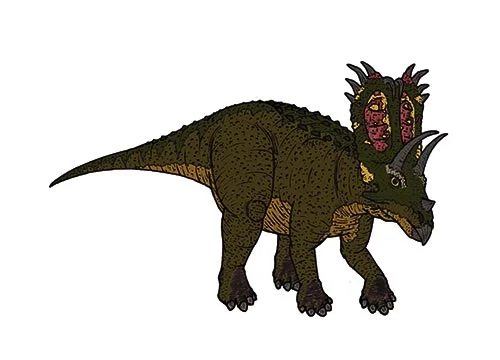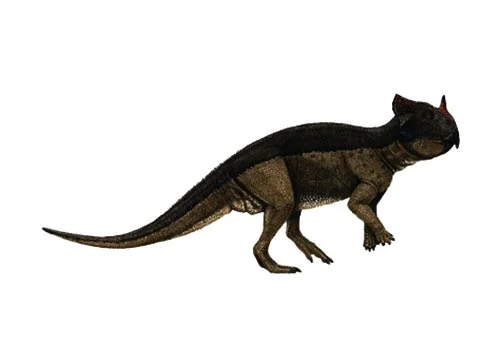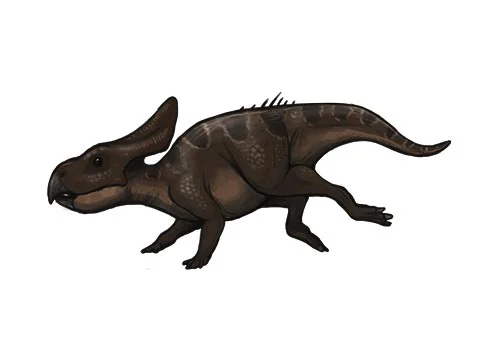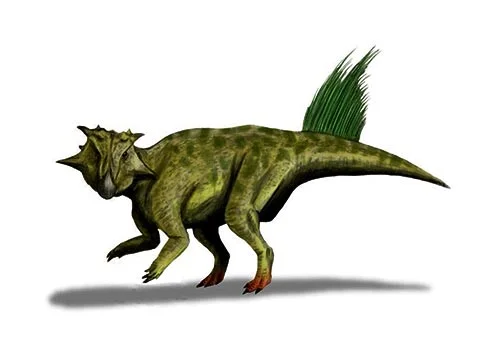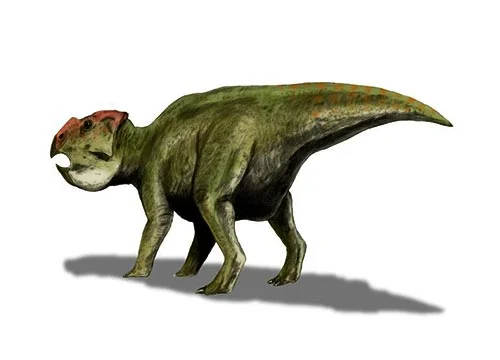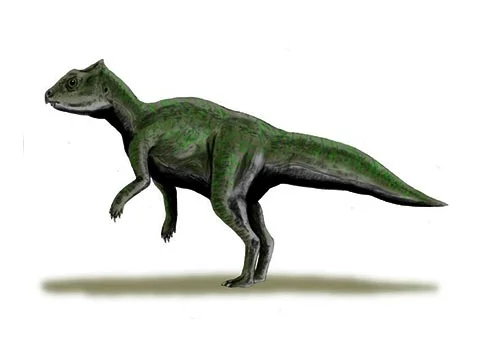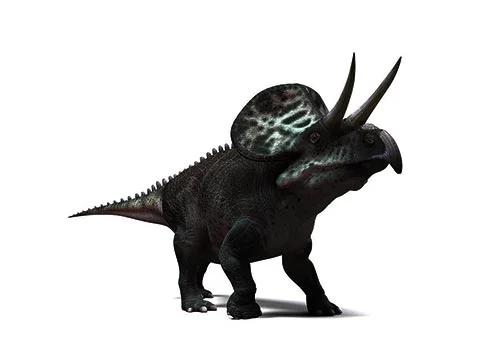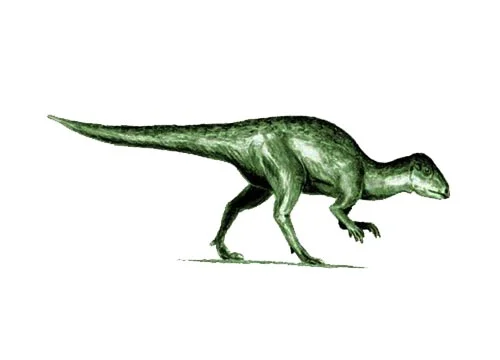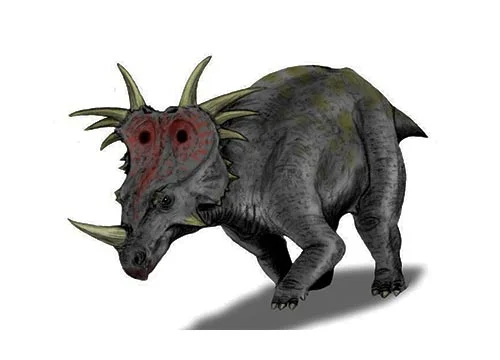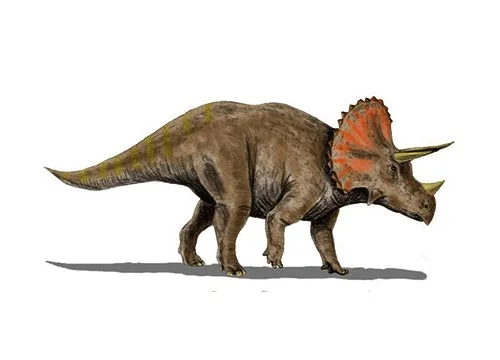Ceratopsian Dinosaurs
Ceratopsian dinosaurs were a diverse group of herbivorous dinosaurs that lived during the Late Cretaceous period, approximately 84 to 65 million years ago. They were characterized by their large, bony frills and elaborate horns, which were used for display, defense, and possibly for species recognition.
There were many different types of ceratopsian dinosaurs, each with its own unique features and adaptations. Some of the most notable include:
Triceratops – One of the most well-known ceratopsians, Triceratops had three large horns on its head, as well as a massive bony frill that protected its neck and shoulders.
Styracosaurus – Styracosaurus had a single horn on its nose, as well as a series of smaller horns along its frill. It was also notable for its long, narrow frill, which extended down its back.
Protoceratops – A smaller ceratopsian, Protoceratops had a large, parrot-like beak, as well as a bony frill and small horns on its head.
Centrosaurus – Centrosaurus had a single horn on its nose, as well as a series of small spikes along its frill. It was also notable for its massive nasal passage, which may have been used for vocalization.
Pachyrhinosaurus – Pachyrhinosaurus had a broad, flattened snout and a series of small horns along its frill. It also had a thick, bony shield on its skull that may have been used for head-butting.
Ceratopsian dinosaurs were some of the most successful herbivores of the Late Cretaceous period, and were able to thrive in a variety of environments. They evolved a variety of adaptations for feeding, including broad, beaked jaws for grinding tough vegetation, and complex dental batteries that allowed them to efficiently process plant material. Their bony frills and horns were also important for defense against predators, and likely played a role in courtship and species recognition.
Despite their success, however, many ceratopsian dinosaurs eventually went extinct, possibly due to changes in their environments or competition with other herbivores. Today, their descendants can be seen in the form of birds, which are thought to have evolved from small, feathered theropod dinosaurs that lived during the Late Cretaceous period. Although they are now much smaller and less elaborate than their ancestors, birds still retain many of the adaptations that made their ceratopsian dinosaur ancestors such successful herbivores.


